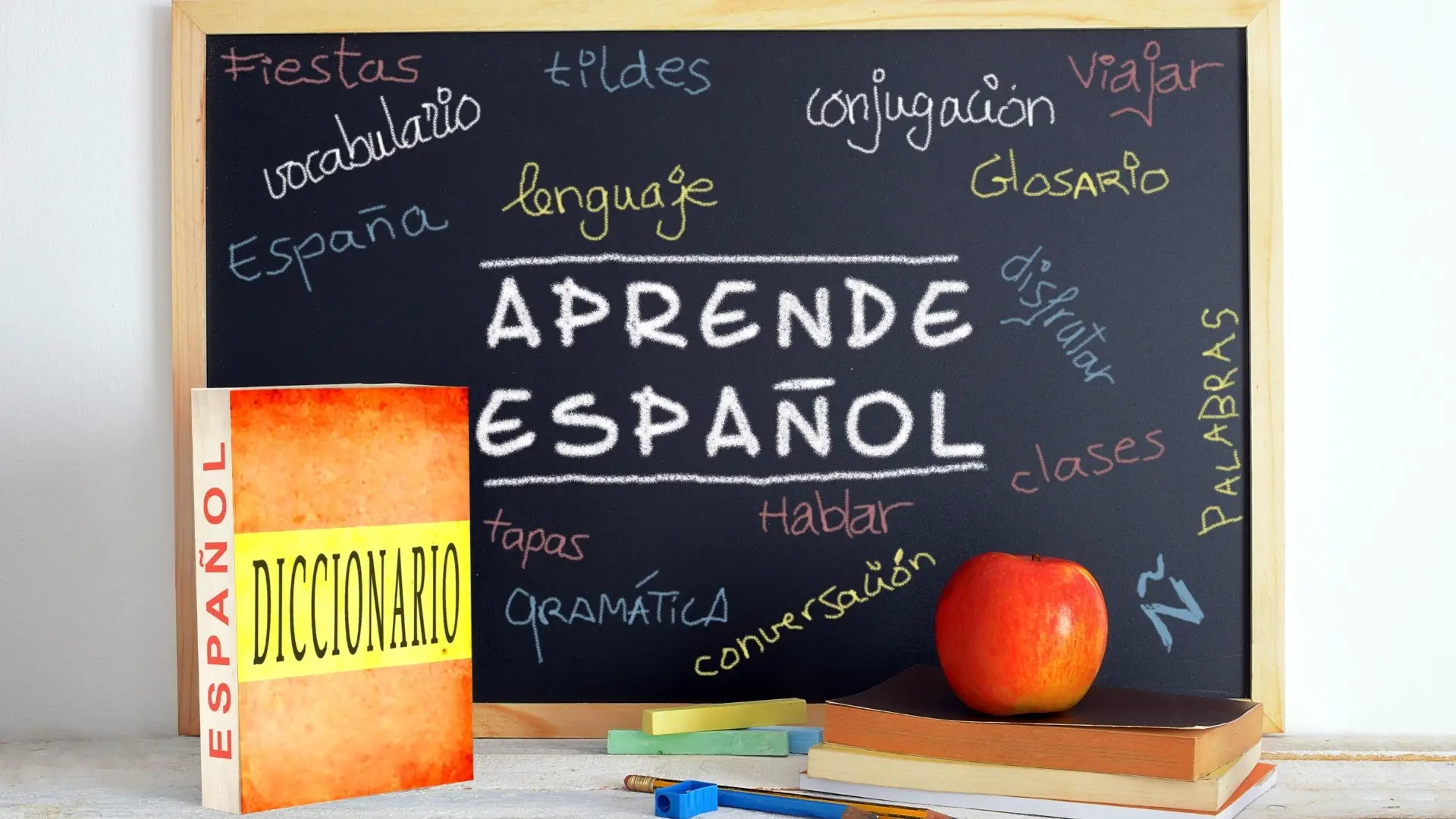
Learn the Spanish Alphabet
What is the Spanish alphabet like?
The Spanish alphabet is called el abecedario, derived from the name of the first four letters, a b c d.
Between 1803 and 2010 it used to have 29 letters, including ch, ñ and LL, which were considered letters of the alphabet in their own right. However, in 2010, the Academy of the Spanish Language agreed that ch and LL would no longer be considered separate letters, bringing the Spanish alphabet more in line with the universal Latin alphabet. As their status as letters is still ingrained in general usage after more than two hundred years, they’re included below.
You may well have to spell out your name and perhaps your address in Spanish. Here is the alphabet and how to pronounce it.
What’s significant about the Spanish alphabet?
Ñ is a letter in its own right, separate from n and sounds like the ‘ni’ in the English ‘onion’. It started life when medieval scribes wrote a small n above a bigger one, reflecting the original Latin spelling of a word, e.g. ‘annum’, year, which in Spanish became año. Nowadays, the letter even has its own separate key on Spanish keyboards.
Ñ has become a significant symbol as it appears in the name of the language itself, español
Consonants in the Spanish alphabet
As a phonetic language, you read it as it’s written. Sounds easy, doesn’t it? However, a few consonants could prove a bit of a challenge at first
There are two r sounds. When the letter sits between vowels in a word, it’s pronounced in a single roll of the tongue. In all other instances, or when it’s a double ‘r’ between vowels, it’s a multiple trill.
You can hear both in the words carrera, race or career, and carretera, road
You may be familiar with the famous ‘th’ sound of a word like
cerveza, beer. However, in parts of Southern Spain, the Canary Islands and in Latin America, that sound doesn’t exist and the letters are pronounced the same as the English ‘s’
B and v are pronounced the same. So, mixing the two letters up is one of the first spelling mistakes Spanish children have to overcome at school:
Barcelona, Valencia, Sevilla, Ibiza
Accents & vowels in the Spanish language
There are also a few accents to get your head around:
á, é, í, ó, ú, ü
The acute accent is used on vowels to indicate the stressed syllable of a word.
If there’s no accent on the final letter of a word ending in a vowel, ‘n’ or ‘s’, the penultimate syllable is stressed:
carne, meat.
But if there is an accent, you stress the final syllable:
carné, ID card
The language features opening question and exclamation marks, which are upside-down and compulsory:
¿Qué tal? – How are you?
¡Gracias! – Thank you!
Email and website conventions
When giving an email or website address the conventions are:
@ arroba
. punto, dot
/ barra, forward slash
– guión, hyphen




